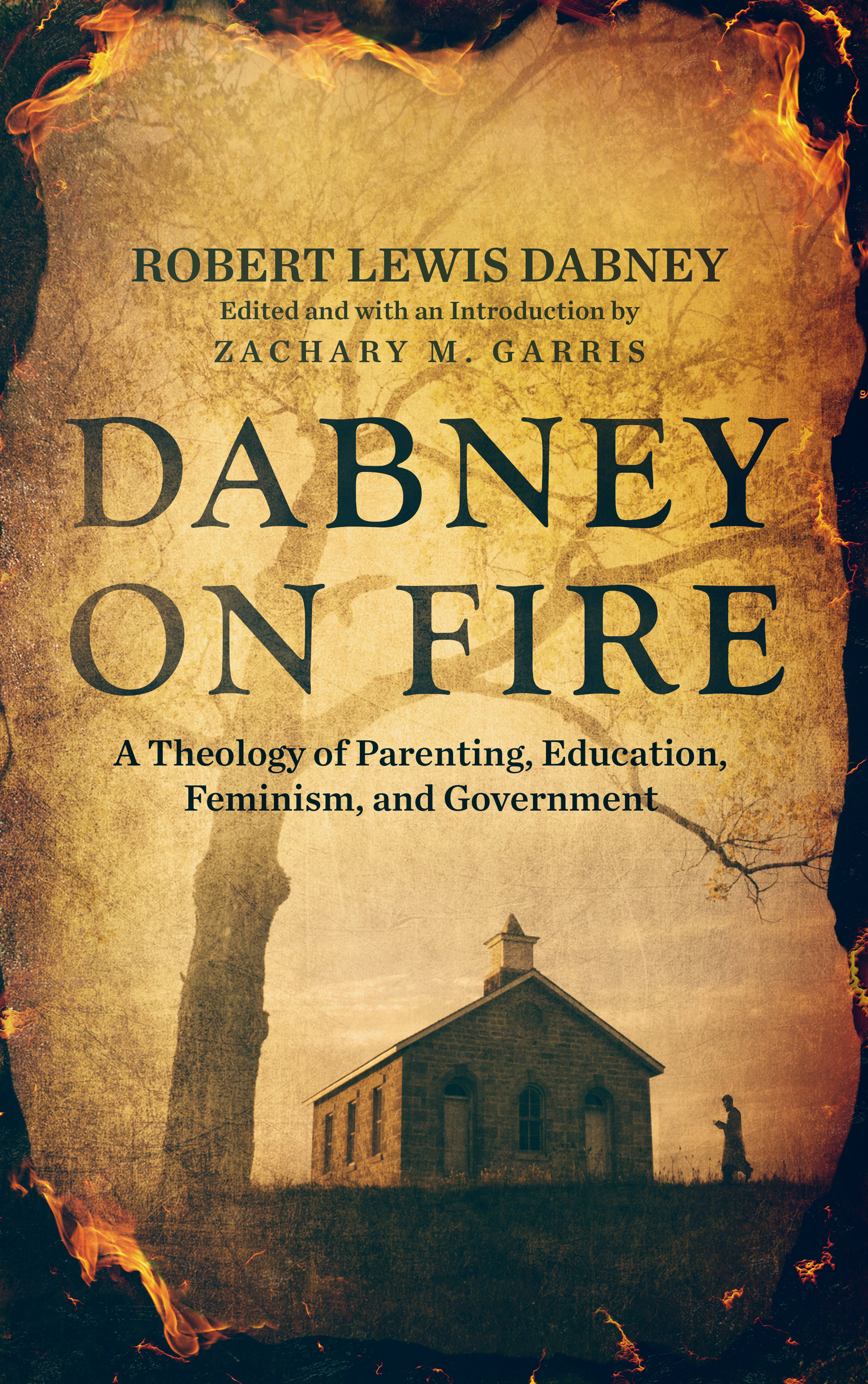How Morrill Land Grants Changed American Universities
/On February 12, 1855, Michigan Governor Kinsley Bingham signed a bill that established the first “agricultural college” in the United States, the Agricultural College of the State of Michigan (today known as Michigan State University).
The Michigan Agricultural College served as the model for the federal Morrill Act, proposed by Vermont Representative Justin Smith Morrill in 1857. Though Congress passed the bill in 1859, it was vetoed by President Buchanan, who held (rightly) that education was a state issue, not a federal one, and therefore this bill was unconstitutional.
The Morrill Act was not enacted until 1862, after Morrill resubmitted the bill and it was signed into law by President Abraham Lincoln. Note that this was during the War Between the States (1861–1865) and thus passed without the support of the South. The Southern states were barred from receiving the land “while in a condition of rebellion or insurrection against the government of the United States.” However, they were later included in the Second Morrill Act of 1890, which gave cash instead of land. This act also required the schools to accept blacks or create separate schools for them.
The Morrill Act of 1862 granted eligible states 30,000 acres of federal land for each member of congress from that state. The land was within or adjacent to its boundaries. If there was insufficient land, that state could select federal land in other states and sell it for profit. Kansas State University was the first land-grant institution created by the Morrill Act in 1863. Most of the land-grant colleges were public (with schools like Cornell and MIT being the exception), and they increased the number of engineers in the U.S.
The Significant of Land Grants on Universities
Why is the history of land-grant universities important?
First, Morrill land grants moved universities away from classical education to career-oriented training, as we have today. Whereas earlier American universities provided a broad liberal arts education for the top 10 to 20% of citizens, land-grant universities focused on things like farming, science, and engineering (and for a larger percentage of the population). Modern universities do still have some required courses for all majors, but the vast majority of college graduates come out with little to no knowledge of history and literature, let alone Greek and Latin.
Second, Morrill land grants increased the number of public universities. While the significant universities in early America were private religious schools, that changed with the increasing role of government in later years. The University of North Carolina was the first public university in America, opening in 1795. And Thomas Jefferson’s prestigious University of Virginia was founded in 1819, setting the standard for public university education. However, public universities received a significant boost in number from the Morrill Act.
Third, Morrill land grants increased the role of the federal government in universities. By granting land (to use or sell) conditioned on the creation of (mostly public) universities, the federal government was indirectly funding universities. This was a change from the public universities created prior to the War Between the States, which were funded only at the state level.
A better and more constitutional practice would have been for the federal government to give all federal land back to the states for whatever purpose they chose—no conditions. The federal government was never supposed to hold on to land within states once the states were formed from the federal territories (contra the current practice where the federal government owns about 50% of the land in the Western U.S.).
This practice of federal involvement in university education in the Morrill land grants only grew exponentially in the 20th century (similar to its involvement in K–12 education), as the federal government began giving money to universities and handing out massive federal loans to students. After World War II, the federal government spent billions of dollars on military research and the GI Bill. Then the National Defense Education Act (1958) got the federal government in the business of offering student loans, and this was extended under the Higher Education Act (1965) and later amendments. These also introduced federal money grants to the university scene.
Conclusion
Federal money always comes with a string attached (e.g. Title IX compliance), and its widespread acceptance has led to increased government control of both public and private universities. Moreover, federal loans have increased the demand for a college degree and thus enabled the massive increase of tuition.
It is interesting to learn the history behind these land-grant institutions. However, this history also teaches us the lesson that the government will only increase its control of an institution after initial interference. Once its foot is in the door, government rarely looks back.














